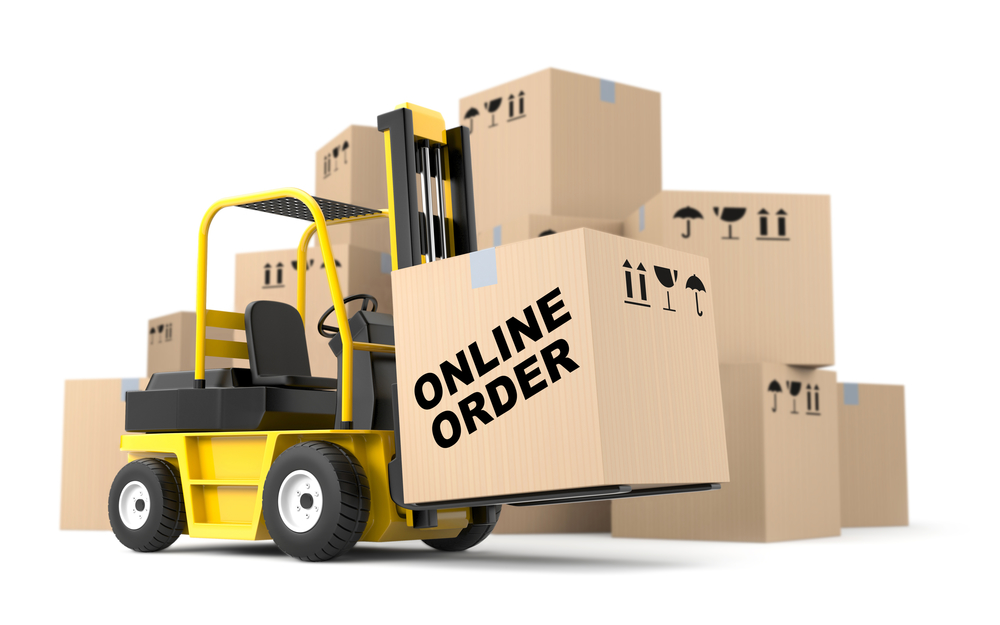To decrease its staggering financial losses the U.S. Postal Service is considering closing up to about 250 processing facilities and eliminating about 28,000 jobs. The U.S. Postal Service lost $5.1 billion dollars in 2011. According to a U.S. Postal Service press release, mail volume decreased by 3 billion pieces in 2011, a 1.7 percent decrease from 2010. According to spokesman Dave Williams, the proposed changes will save the U.S. Postal Service $2.1 billion annually.
Ruth Goldway, chairman of the Postal Regulatory Commission, which has oversight but not total authority over the U.S. Postal Service, said “The Internet does have an impact on first-class mail, but that’s not the major cause of the deficit. People are still using mail. Packages are growing and mail can adjust to the niche environment.” Goldway believes the major reason for the losses isn’t the Internet; she stated “The Postal Service is overly burdened to prepay health care benefits and to pay for that at a high rate has really drained the Postal Service” (Source: Wauwatosa Patch).
Closing Processing Centers
Williams mentioned the closing of post offices in small town and eliminating Saturday delivery are being studied. Local businesses throughout the nation are concerned the closing of processing centers will affect their business. However, in Terre Haute, Indiana, one business owner stated he received some assurance from officials that businesses will still have a place to drop off mail for a discount, although the new place is not official. Businesses should check with their local Postal Service officials.
Proposed Service Standard Changes for Package Services
The Postal Service reports it doesn’t have any plans to change service standard business rules for Package Services due to network rationalization. However, changes will be made in the service standards applying to specific three-digit to three-digit ZIP Code origin-destination pairs based on the reconfiguration of the network as well as changes to the labeling lists which implement the current service standard business rules. Relatively minor service standard business rule changes for Package Services unrelated to network rationalization are being proposed for mail addressed to non-contiguous U.S. destinations. No service changes associated with the request will be implemented before May 15, 2012 (Source: United States Postal Service).
Beginning January 22, 2012 the cost of mailing services are expected, on average, to increase by 2.1 percent and shipping services are projected to increase, on average, 4.6 percent. Price changes affect the full range of Postal products:
Mailing products include:
- First-Class Mail Letters, Flats, Postcards and Parcels
- First-Class International Mail
- First-Class Mail Presort Letters
- Standard Mail
- Package Services
- Extra Services
Shipping products include:
- Priority Mail
- Priority International
- Global Express Guaranteed
- Express Mail
- Parcel Select
- Express Mail International
FedEx and UPS will increase prices for expedited and ground shipments on January 2, 2012.
First-Class Mail
The USPS plans to end overnight delivery for first-class mail. The USPS has stated letters and many bills and bill payments will have a two to three day standard service. This could affect businesses requiring prompt billing which rely on the Postal Service instead of the Internet.
Williams mentioned beginning in spring the USPS plans on changing the geographic reach of its two-day standard from a 12-hour drive from a letter’s place of origin to approximately four hours, thus the Postal Service will guarantee delivery in two days or less within a four-hour window. Anything beyond that has a guarantee of three days or less. Only commercial bulk mailers might be able to have first-class mail delivered the next day; if they’re able to get it properly bundled to the Post Office early in the morning.
Beginning January 22, first-class mail will increase by one cent to 45 cents and post cards will cost 32 cents to send instead of the current 29 cents. The good news is mail weighing up to 1.9 ounces (as apposed to only one ounce) can be sent first-class mail, allowing businesses to place additional inserts in their packages at no additional cost.
It’s not certain all the proposed changes will be enacted or enacted without modifications. Due to pressure from Congress the Postal Service has delayed the changes until the middle of May. If the changes are enacted, some businesses using the services of USPS, including fulfillment centers, may have to make adjustments due to longer mail processing times and the possibility of the elimination of Saturday deliveries. Some experts claim the changes made by the Postal Service will likely just make slow delivery a little slower. We shall see.





